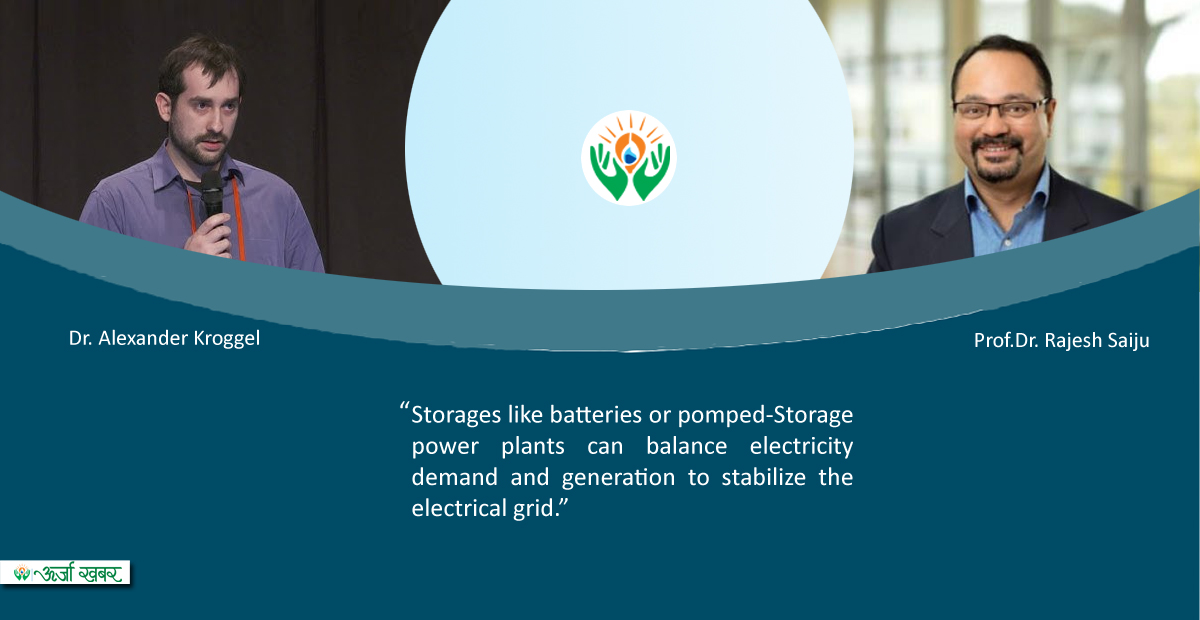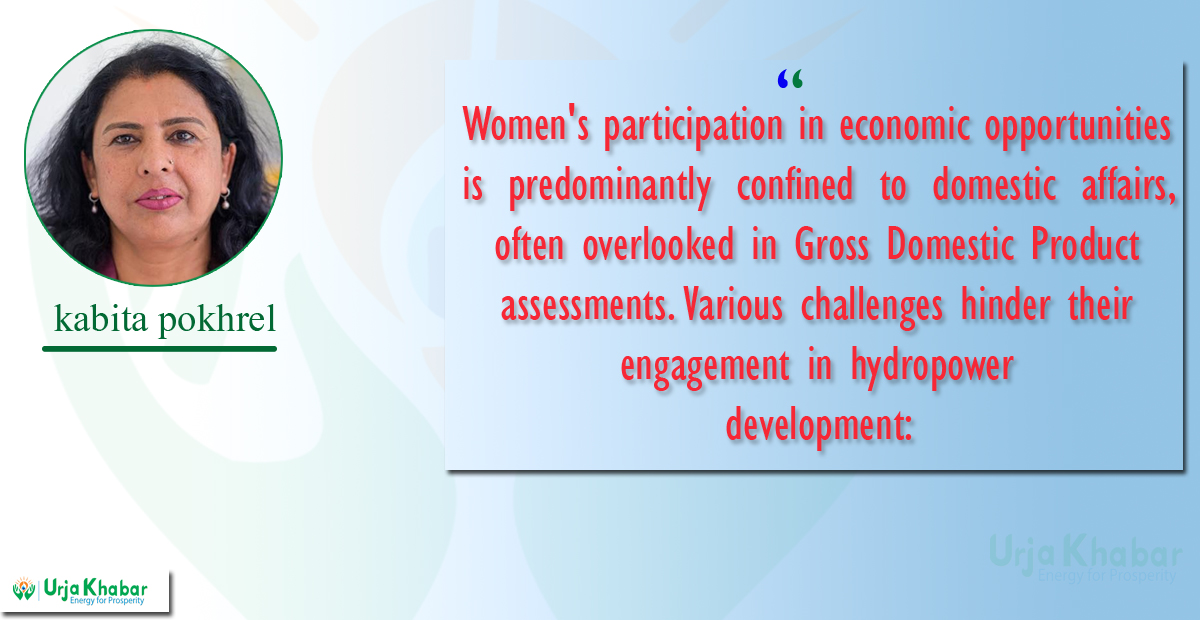Energy Update
Development of an Energy Management System for economic optimization and grid stability

One of the biggest problems we are facing is global climate change, which results in increasing temperatures all over the world. In reaction, we must decarbonize our electrical energy system through renewables like hydropower plants, wind turbines, or photovoltaics. Needed increasing installation capacities of these renewables results in energy generation, which depends more and more on weather conditions. Storages like batteries or pumped-storage power plants can balance electricity demand and generation to stabilize the electrical grid. In case of bad weather and empty storage, backup systems can help to cover electrical energy demand. Different generators connected to several points of common coupling form a Hybrid Power System (HPS). Figure1 shows the electrical grid of Barbados in 2019, which has to be transformed into a cent percent renewable energy system in 2030.

Figure 1: Structure electrical grid of Barbados [1]
An Energy Management System (EMS) is needed to control all different generators in an HPS and take care of economic optimization and grid stability. In more complex electrical grids, local system controllers for generators can no longer optimally regulate the HPS economically and technically. That is why the EMS, as the higher-level controller, takes the optimization part. It considers technical characteristics like availability, failure probability, and minimum and maximum feed in power of power plants, as well as economic characteristics like fuel costs, variable operation, and maintenance costs.

Figure 2 shows the structure of an EMS. It receives information about grid frequency, grid voltage and meteorological data and determines reference values for feed-in power for all generators using Mixed-Integer Linear Programming Algorithms to solve the given economic problem and at the same time, stabilize the grid. The local controller in a power plant regulates the feed-in power to the target value required by the EMS. Due to having a modular structure, the EMS can be used in various energy systems.
Figure 2: Structure of an Energy Management System
The future HPS of Barbados should contain photovoltaics, wind turbines and a pumped-storage power plant for long-term storage. It is possible to install 472 MW of wind turbines in Barbados to increase renewable energies [2]. Additionally, concentrated and distributed photovoltaics can help to reach 100 percent renewable energy generation. The pumped-storage power plant can be installed in the middle of Barbados with a storage volume of 3 GWh [3]. Some biofuel-powered generators can take care of the supply like a backup system, in case of the low filling level of the upper reservoir to be independent of weather conditions.
Figure 3 shows the feed-in power of different generators like photovoltaics, wind turbines, diesel generators and a pumped storage power plant for an electrical system. In the beginning, 40 MW of photovoltaics and wind turbines are available. Between t1=200 s and t2 = 1200 s, the available feed-in power drops to 0 MW due to deteriorating weather conditions. To keep the grid frequency stable, the EMS increases the reference values for the pumped-storage power plant. At time t5=1320 s, the filling level of the upper reservoir is only 5 percent. So that the EMS activates diesel generators to reduce the feed-in power of pumped-storage power plants. Figure 4 shows the frequency of the simulated electrical system.
Such systems can be used in big virtual power plants or also in remote areas for rural electrification with renewable energy sources. In context of Nepal, where renewable energies are available everywhere, EMS can play such a big role in the electrification and economic development.
Figure 3: Feed-in power of different power plants controlled by an Energy Management System [4]
Figure 4: Frequency of an electrical grid controlled by an Energy Management System [4]
References
[1] S. A. S. a. M. R. A. Chowdhury, “Survivability-Based Method for Assessing Impacts of Load-Side
Activities on Power Systems,” 2021. [Online]. Available: doi: 10.1109/IAS48185.2021.9677358. [Accessed 31 January 2023].
[2] T. Rogers, „A Desktop Study of the Wind Resource in Barbados,“ April 2017. [Online]. Available: https://core.ac.uk/download/228155729.pdf. [Zugriff am 31 January 2023].
[3] O. Hohmeyer, „A 100% renewable Barbados and lower energy bills,“ January 2015. [Online].Available:https://www.uni-flensburg.de/fileadmin/content/abteilungen/industrial/dokumente/downloads/veroeffentlichungen/diskussionsbeitraege/znes-discussionspapers-005-barbados.pdf?word_list%5B1%5D=hohmeyer. [Zugriff am 31 January 2023].
[4] R. Saiju, „Abschlussbericht Entwicklung eines Energiemanagementsystems unter
Berücksichtigung reg. Erzeugungsanlagen,“ 29 December 2020. [Online]. Available:
https://www.eksh.org/fileadmin/redakteure/downloads/foerderung/Abschlussberichte_HWT/
8_12_33_Energiemanagement.pdf.
Mr. Saiju is associated with the Flensburg University.
Mr. Kroggel is employed at the Schleswig-Holstein Netz AG in Rendsburg.
This article is taken from Urja Khabar bi-annual Journal Publish on 16th June, 2023
Conversation
- Info. Dept. Reg. No. : 254/073/74
- Telephone : +977-1-5321303
- Email : [email protected]














